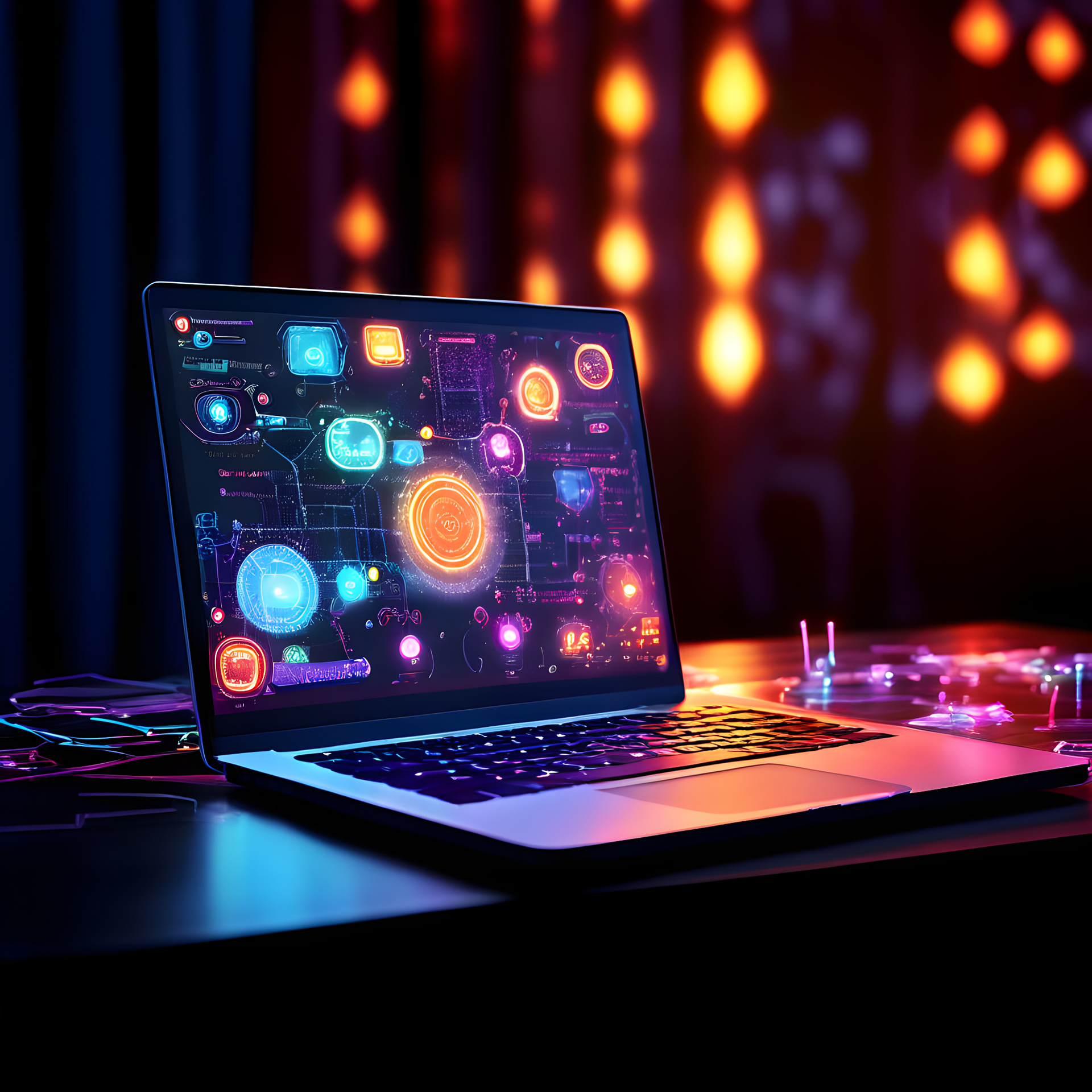Ubiquitous Computing: The Invisible Interface of Tomorrow
Invisible, omnipresent, and yet seamlessly integrated into our daily lives—welcome to the world of ubiquitous computing. It’s a technology so smoothly interwoven with our routines that we barely notice it, yet it’s transforming our lives in profound ways. Step into the future with us as we delve into the fascinating universe of this digital revolution.

The Dawn of Ubiquitous Computing: A Historical Perspective
The concept of ubiquitous computing was first introduced by Mark Weiser back in the late 1980s. Working in Xerox’s Palo Alto Research Center (PARC), Weiser envisioned a world where technology would become an invisible part of our lives. Instead of having one computer do several tasks, he imagined numerous smart devices, each performing a specific function, blending into the background of our everyday activities.
The Rise of the Invisible Interface
Fast forward a few decades, and Weiser’s vision is gradually becoming a reality. Today, we have smart thermostats adjusting the temperature of our homes, fitness trackers monitoring our health, and voice-enabled devices helping us manage our schedules—all without requiring our constant attention. The technology has become so embedded in our lives that it’s often referred to as the “invisible interface.”
Ubiquitous Computing Today: Smart Homes and Beyond
The most visible manifestation of ubiquitous computing today is perhaps the smart home. Devices like Amazon’s Alexa, Google Home, and Apple’s HomePod have brought voice-controlled assistance into the mainstream. Beyond homes, this technology is extending to cars with smart dashboards, and even entire cities, with initiatives like smart traffic management and waste disposal systems.
The Future of Ubiquitous Computing: More Than Just Convenience
Beyond providing convenience, ubiquitous computing has the potential to solve some of the world’s most pressing challenges. For instance, in healthcare, wearable devices could monitor patients’ vitals in real-time, alerting doctors to any changes and potentially saving lives. In agriculture, sensors could monitor soil and weather conditions, helping farmers optimize their crops and combat food insecurity.
Ubiquitous Computing: Market Impact and Price Range
The market for ubiquitous computing is set to grow significantly in the coming years. According to a report by Grand View Research, the global ubiquitous computing market size was valued at USD 34 billion in 2020 and is expected to grow at a compound annual growth rate (CAGR) of 10% from 2021 to 2028. As for the price range, it varies significantly depending on the product—from smart home gadgets costing less than $100 to advanced systems running into thousands of dollars.
Ubiquitous computing is transforming our world, making technology an effortless part of our daily lives. While we’re only at the tip of the iceberg, the potential applications of this technology are endless. As we move towards a future where technology blends seamlessly into our environment, we’re truly stepping into the era of the invisible interface.




